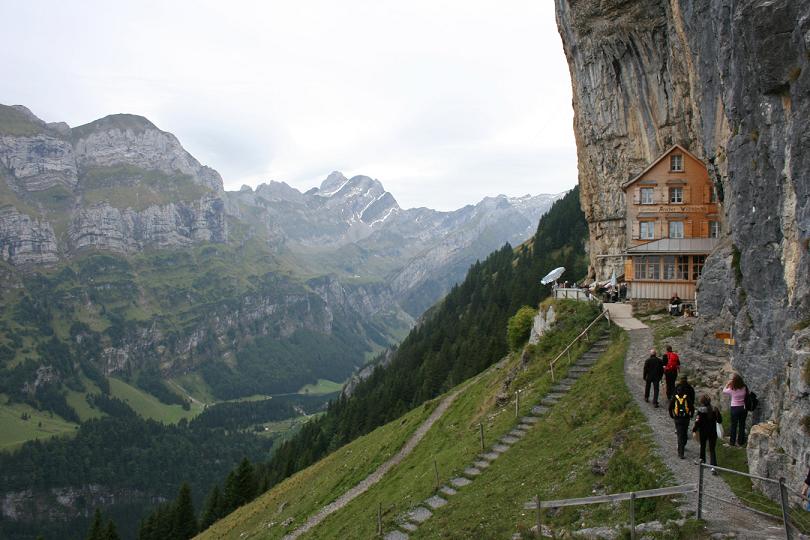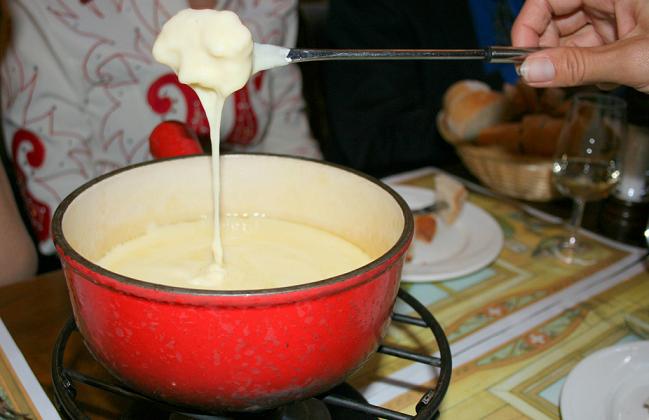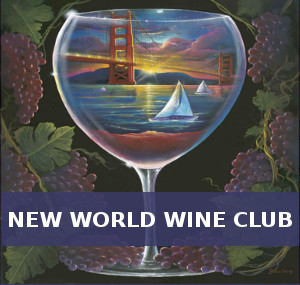There are many reasons to love Switzerland: the Alps, skiing, the scenic beauty. But there are two specific reasons to visit this country of eight million people: chocolate and cheese, many of which can only be found in Switzerland. Cheeses and chocolates are nearly legendary here because milk is typically un-pasteurized (unlike for the American market); therefore the milk and cream used in the chocolates and cheeses in Switzerland are fresh, creamy and make a textural, sensory difference.
Holy Cheeses
We know Swiss, Emmental and Gruyere, but there are 400 other varieties produced here and cheese is made within 24 hours after milking, rendering it amazingly fresh and healthy. So it’s no wonder that the Swiss consume about 35 pounds of cheese per person each year. In the Appenzell region, in Northern Switzerland, the main cheese is called Appenzeller: aged three, six or eight months, which becomes sharper as it ages, with a creamy texture and mild nuttiness. It’s been made here for 700 years and during the aging process a blend of 42 herbs are basted on the rind, though no one will tell you exactly what they are. The secret recipe is locked is the vault of a local bank. What’s more, the highly regarded Appenzell cows are taken to summer pastures high in the Alpine mountains at 6,000 feet, where they not only feed on grass, (which is the way cows should feed, not on grain) they also consume wildflowers, herbs and other plants. This means, all the cheeses are different in taste.

Tucked into the cliffs, Restaurant Aescher in the Ebenalp is the most picturesque place for lunch or dinner
Hotel Hof Weissbad in the small village of Weissbad near Appenzell offers a cheese demonstration by Bernhard Steule. He begins by giving you unpasteurized milk to drink then explains the process of turning that milk into a solid object. There is the wood burning oven to heat the milk, the giant copper pot used to skim the cream, and you end with sampling the cheese itself. Steule has been making cheese for over 40 years so he knows exactly what he’s doing. But the Appenzell region offers other foods. In the mountains known as Ebenalp, Restaurant Ascher is where you can sit on the side of a cliff with views of the surrounding mountains. During hunting season in September, when I visited, venison, elk and mountain goat can be legally shot within a three week time frame. Often made as a stew called, hirsh peffer (think potent stroganoff and you get the idea) the venison is tender and fresh. It’s best to order this with rösti, a type of hash brown rich in butter, crispy on the outside and soft on the inside, and perhaps a local beer. Appenzell also has Alpenbitter, a schnapps made with over 40 herbs, spices and flowers but again, no one will tell you what it’s made of, though it definitely has caramel and anise and is best drunk in small quantities with a little ice to mitigate the intense flavors.

Cheese fondue at Cafe du Grutli in Lausanne, or anywhere in the country, is a quintessential culinary experience.
Fondue is famously Swiss and one of Switzerland’s most prominent white wines, Chasselas, has a mild acidity which is ideal with fondue which is best expressed at places like Café du Grutli in Lausanne where the blend of Gruyere and Vacherin cheeses creates a thick, smooth fondue. Owner Willi Prutsch adds tiny amounts of garlic, white wine and kirsch (cherry schnapps) to his 25 year-old fondue recipe. The simplicity of the wine and its acids bring out the sharp rich nuttiness of the cheeses. There are also fondues with whiskey, champagne or even chile added in.
Swiss Miss
Chocolate is the other food in Switzerland which is both ubiquitous and excellent, and the Swiss consume more chocolate per person than anyone in the world – about 25 pounds each year. Toblerone, Lindt and Nestle are nearly synonymous with Swiss chocolate. But while these are good chocolates, they are mass produced and the American versions pale by comparison to the Swiss versions since they require pasteurized milk. Even still, these behemoth chocolate makers pale compared to the medium sized chocolate makers like Teuscher, and smaller artisanal chocolate makers like Durig Chocolatier located in Lausanne. Dan Durig learned chocolate making from his father and his 12 year-old eponymous store produces organic, fair trade chocolates that are stunningly good. Everything is hand made and he uses cocoa beans primarily from Ecuador and Peru. He is currently experimenting with single variety cocoa beans, rather than blending beans together to produce a terrior, just like in wine. As chocolate is poured into molds they are vibrated to remove any air bubbles. Embellishments with pink peppercorn, mango and pistachios is done after the chocolate slightly hardens, but not before a light brushing with a small culinary brush removes any static electricity. You won’t find chocolates that are fresher or more pure than those in Switzerland; therefore, ordering direct from producers is the preferred way to sample them.
Switzerland is one of those countries where they don’t export much of their best foods. Thus, a visit is of paramount importance to immerse yourself in the Swiss language of food.
Article and Photos by Michael Cervin
Read more of Michael’s work at www.MichaelCervin.com and www.CervinItStraight.com












